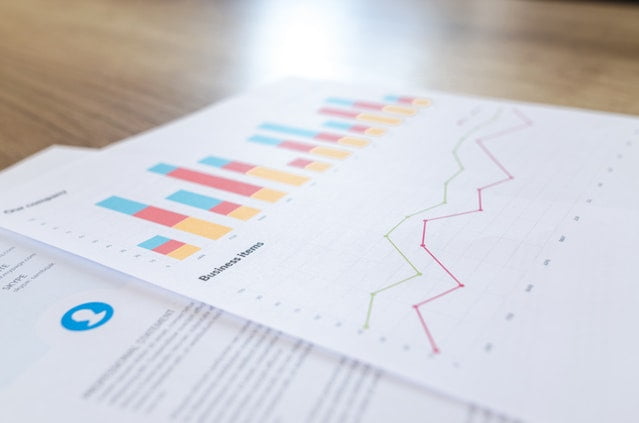
HR Metrics For Every Phase Of The Employee Lifecycle
Understanding the employee lifecycle is key to the success of HR and its being a strategic business partner. There are different kinds of HR metrics for every phase to assist in that process.
"HR Spreadsheets Suck! How to Modernize HR Reporting"Register Now

Understanding the employee lifecycle is key to the success of HR and its being a strategic business partner. There are different kinds of HR metrics for every phase to assist in that process.

Single sign-on (SSO) is a useful tool that improves data security and minimizes the risk of a data breach within the organization.

Compensation is important to business operations. Compa-ratio is an excellent HR metric for making sure your comp strategies and plans are working.

A crisis or emergency is not when your HR team or organization should be looking for answers. The best plans will reduce the risk and aftermath and HR metrics can help make data-driven decisions in that regard.

Creating a unique policy for holiday pay could be the differentiating factor needed to increase your employer brand with potential top talent.

HR metrics are key for managing your workforce effectively, especially for your organization’s leaders. People don’t leave companies, they leave managers.

Being a strategic business partner means watching trends. The declining birth rate is a trend that can have big impact on your strategic workforce planning. Learn more here.

UX design is a growing field with a unique set of skills. HR professionals can learn a lot from this group to make their initiatives more impactful by improving the journeys of employees.

Time-to-productivity is a good HR metric for understanding how your new hires are performing in the workplace. It can be an indicator of how effective key programs such as retainment really are.

In today’s world, leave is not just for new moms. Dads need time-off too. Paid parental leave is a popular benefit that can attract and retain top talent. Learn how HR Metrics can be used to evaluate and facilitate parental leave policy.

Both data mining and data farming can be beneficial tools, but with caution. Both can raise serious data privacy and ethical concerns.

Labor costs are a big contributor to an organization’s P&L. The cost of training can add up and it’s important to have an understanding what is involved and costs can be controlled.

Tracking and managing employee concerns for investigations is still a very manual process. Finding the right HRM system to help can make a difference. Employee Cycle’s dashboard helps to optimize that process.

Data aggregation is an essential tool for any HR analyst looking to create metrics and analytics to find the story in their workforce data. Data aggregation helps with visualization which tells the big story.